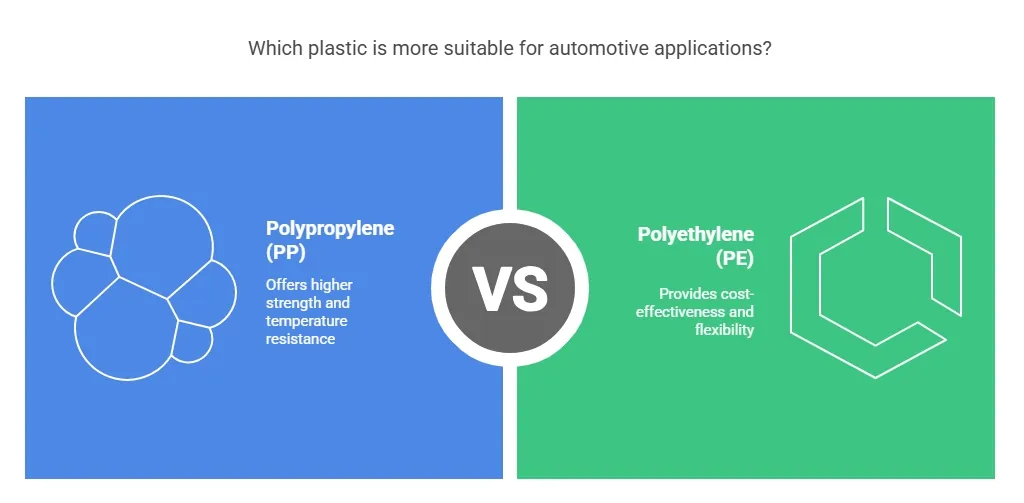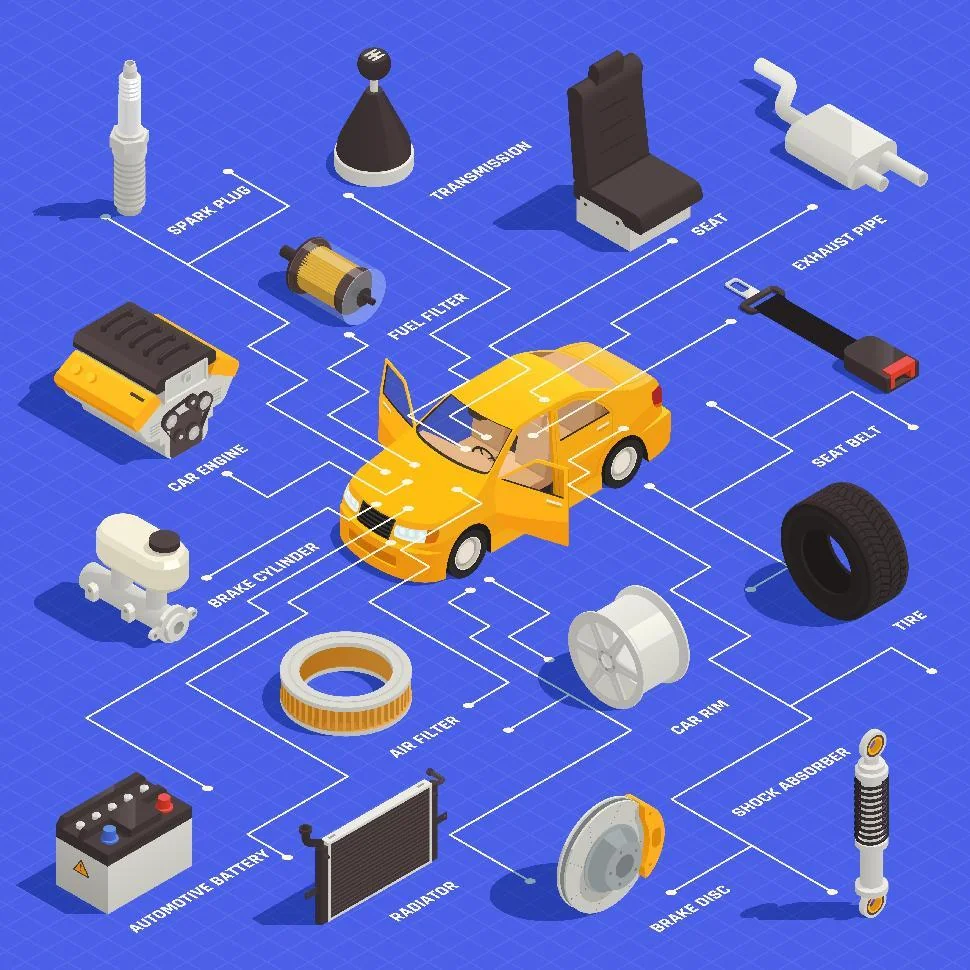Today, product development, especially in complicated and high-tech products, is very competitive. A company needs to be very fast because the sooner it is out in the market, the better are their chances to capture their niche. In the course of product development, you need to have a prototype to test the feasibility of a design concept or to display proof of the concept to your investor. In these situations, no other prototyping technique is more affordable and reliable than rapid prototyping.
Table of Contents
ToggleWhat is Rapid Prototyping?
Rapid prototyping encompasses a group of techniques that revolutionized product development. Using the technology of additive manufacturing, rapid prototyping services can produce a full-scale model of a design concept with the use of 3D-printing technology and CAD data.
Sometimes, 3D printing is used loosely as rapid prototyping, but it is not the only rapid prototyping process. This field has grown enormously because of its lower cost, more advances in technology and its various commercial and industrial application.
Advantages of Rapid Prototyping
Rapid prototyping has provided the engineers and design and product development team with many unique advantages. It gives the design team the ability to get their ideas into physical form quickly. Because it is faster and cheaper, it does not end with visualization. It can also give information about the properties and the design concepts.
It also allows the product development team to make iteration on the product and subject it to repeated testing an evaluation until they come up with a final product. In the design presentation, rapid prototyping provides an actual full-scale model to communicate the concept easily to the stakeholders effectively and concisely.
With small volume production through rapid prototyping, engineers can eliminate design flaws after repeated testing and evaluation before going into full-scale production. Some of these flaws may not be evident in the early assessment, which will be costly if not corrected. Because it does not require tooling and setup, using rapid tooling can save both time and money.
Applications of Rapid Prototyping
Rapid tooling is used in many applications due to its flexibility in materials and technologies. In engineering, concept models can provide the designer with an opportunity so they can validate the ideas and assumptions behind these designs. It can demonstrate the validity of the design.
With the functional prototypes, designers and developers can get hold of the details to provide an accurate model of the finished product. This gives them the validity they need to convince the stakeholders that it can move to the next stage. With the information on its fit, function, and manufacturability, they can move on to the production phase.
In marketing, a workable prototype can give them a chance to test the product with consumers and gain feedback. With a prototype that achieves a perfect balance of functionality and aesthetics, they can also convince the decision makers to use small volume manufacturing to bridge the gap while waiting for the final products. They can get a head start in the market using rapid prototyping in parallel with the production run.







